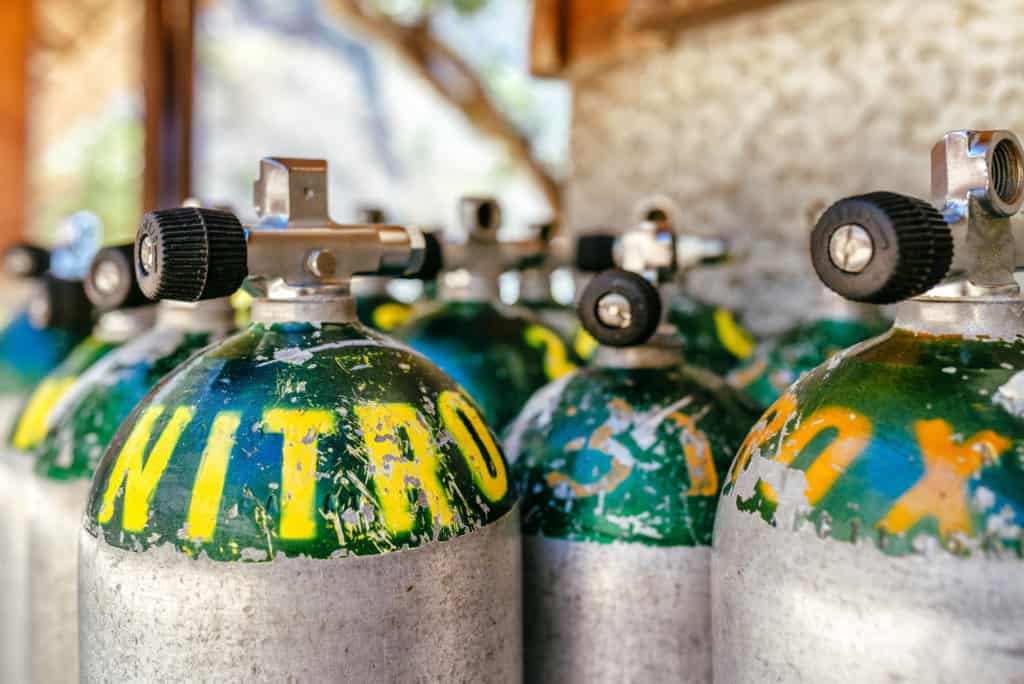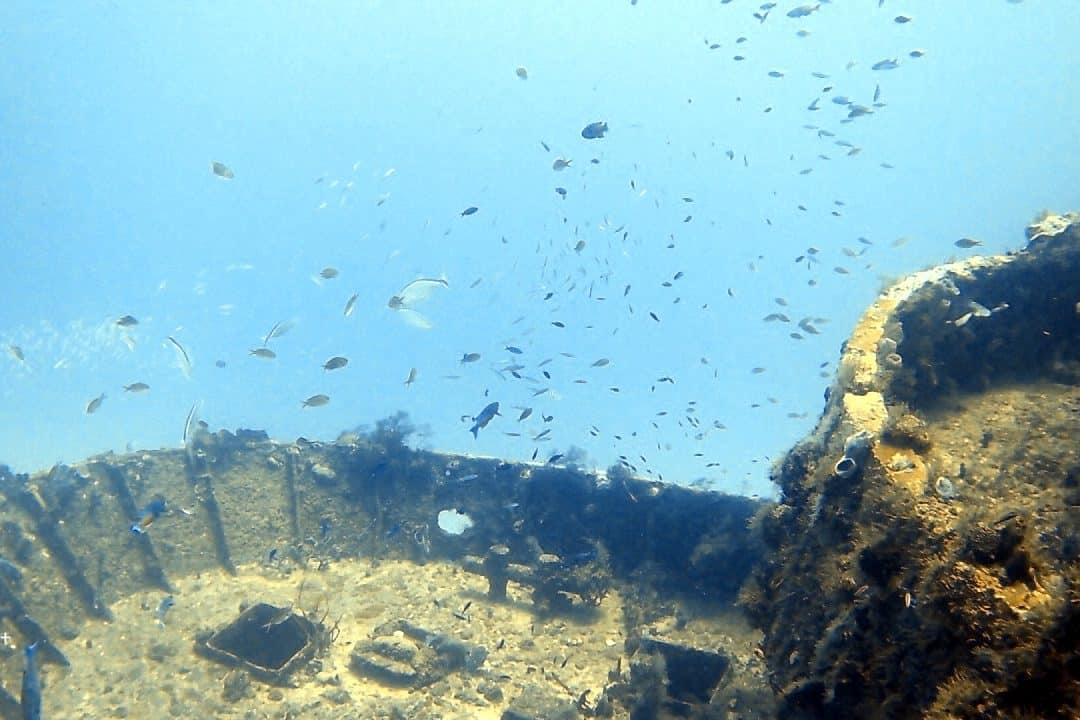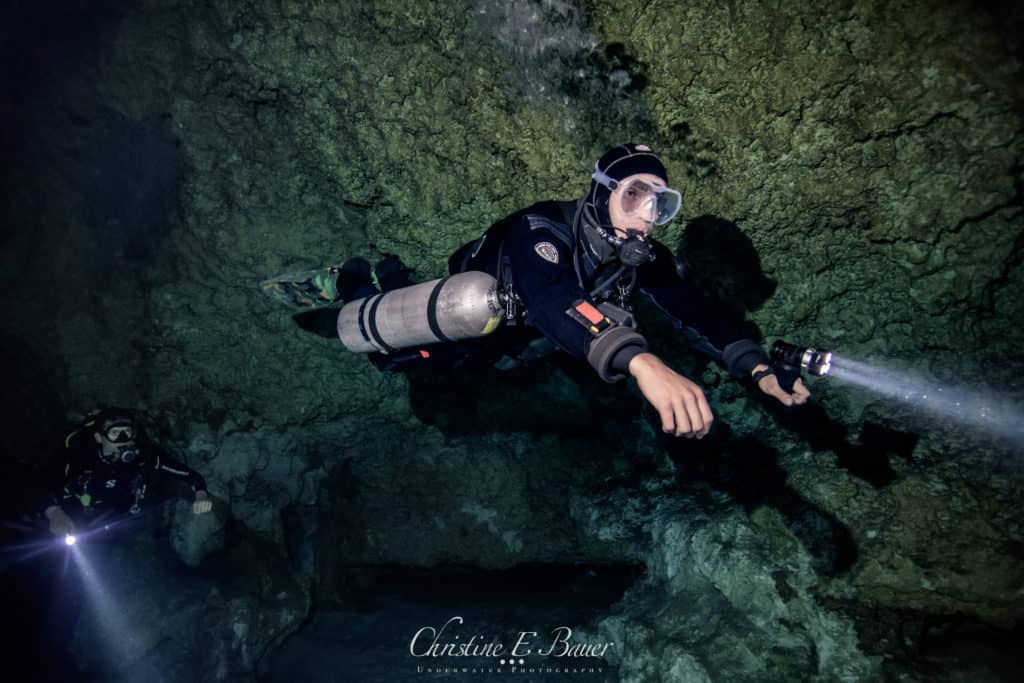As a new diver, achieving your PADI open water qualification might be the goal in order to enjoy a lifetime of diving, but as any certified diver knows, your initial course is only the first step in your education as a scuba diver.
Continue your education and become a better diver by taking one of the many PADI specialty courses. Here we check out what they are and which ones you might be interested on, taking into account your diving needs and skillset.
Everything You Need to Know About PADI Diving Specialties
Once you have your Open Water Diving Certification you are qualified to dive with another qualified buddy across the world. But the training and certification dives are a starting point and teach you the basic safety skills needed to stay safe underwater. They don’t train you for many of the different environments or the challenges you may face.
In order to be a safe diver, it is important to never be over-confident and only dive within the limits of your training. So, what about those adventurous few who want to go that little bit deeper, penetrate wrecks, or want to learn to manipulate camera equipment whilst diving?
There are many PADI specialty courses you can choose in order to expand on your diving education, which in turn will make you a safer, more confident diver and really enjoy diving to it’s fullest.
Our Top Rated PADI Scuba Specialty Courses
PADI offers a huge list of specialty courses, some that can be accomplished out of the water, such as the Coral Reef Conservation Specialty, and others that are very specific such as the Altitude diving specialty.
We’re going to take a closer look at the core diving specialty courses that we believe are the best steps in making you a better diver.
#1 – PADI Enriched Air Diver (Nitrox)
PADI Enriched Air Diver is — by far — the most popular specialty course because it gives you what every diver wants: more time underwater.
You might have seen divers with those differently marked green and yellow tanks on the dive boat. These contain enriched air, commonly known as nitrox. To be able to use it on a dive you need to know how to analyze it and the effects it has on your body.
As well as increased diving time, being able to dive with gas that has a higher level of oxygen in it allow lowers your risks of getting decompression sickness too.
This specialty course can be done in just a day, with the theory explaining why using different gas-mixes allows you to dive longer and what different considerations you need to take regarding equipment, planning, and preparation.

#2 – PADI Deep Diver
Sometimes you just want to go that little bit deeper! Being an Open Water diver allows you to dive up to depths of 18meters (60 feet).
There are often wrecks, interesting reefs and walls, and often larger marine life, such as the bull sharks we have here in Playa del Carmen, that lie just beyond the Open Water depth limit. Taking the Deep Specialty Course allows you to venture that little bit further into the mighty blue!
But going deep also has its own considerations, which you’ll learn through the specialty, as your gas management and deco limits change the deeper you go.
You’ll learn how to avoid risks by planning safe and respecting limits, safety considerations, buddy procedures, and how to use specialized equipment will be some main topics. Along with additional buoyancy control and how to deal with gas-narcosis which can occur when diving at depth.
As well as increased confidence, the PADI Deep Diver Course rewards you with the ability to dive to reefs and points of interest of up to 40 meters in a safe way.
#3 – PADI Peak Performance Buoyancy Diver
Achieving perfect buoyancy is the holy grail of diving. Being able to float effortlessly along in the current, without the constantly tugging on your BCD is a skill, that takes effort and practice. But it is the skill that sets novice divers and experienced divers apart!
As the name suggests, it’s not just about finding neutral buoyancy, it’s about being able to have the skills to maintain buoyancy over the course of a dive, as you spy at reefs and watch the marine animals pass by.
By perfecting your buoyancy you’ll have longer dives due to better air use, you’ll save your energy, you can observe aquatic life without disturbing it, and you’ll learn about environmentally friendly diving techniques to conserve our precious marine environment.
#4 – PADI Wreck Diver
The thrill of seeing your first shipwreck, a hazy dark shadow that emerges from the blue is always a sight that takes your breath away.
While some are deliberately sunk as artificial reef environments, and others hold the mysteries of an accident at sea, there’s no doubt that shipwrecks are fascinating places for all divers to explore. Plus, they are usually full of fish and marine life!
Diving wrecks comes with its own considerations, as they are an enclosed environment, where surfacing in an emergency is not always immediately possible.
This course teaches you to survey and map a wreck, to use guidelines and reels to penetrate the wreck in a safe and respectful manner towards its historical and cultural significance.

#5 – PADI Digital Underwater Photographer
It’s always magical when you see the incredible life and colorful reefs on a dive, but how about taking those memories with you. As much as you can tell your land loving friends about the beauty of the deep blue sea, they say a picture paints a thousand words.
But manipulating a camera underwater isn’t quite the point and shoot it seems to be on land. The water adds levels of difficulty in regard to light, composition, and managing the equipment while maintaining neutral buoyancy. Not to mention, that fish can be tricky models to photograph!
Learning how to choose the right camera-setup and adjust it correctly will support you to shoot the ideal underwater compositions to make dive memories last forever.
#6 – PADI Project Aware Diver
The PADI Project Aware Specialty Course is all done on dry land, but helps you learn how your everyday actions impact the world beneath the waves too.
As well as learn about Project Aware, you will develop understanding of the ‘10 Tips for Divers to Protect the Ocean Planet’ and develop your own personal action plan to make a difference to help the underwater world all divers love.
Despite not getting your fins on for this course, this specialty is ideal for divers and non-divers alike to learn how you can make a difference for ocean protection every time you dive or travel.
#7 – PADI Rec Sidemount Diver
What’s better than one tank? Two tanks! (Well, depending on the situation of course!) Sidemount diving has gained a lot of popularity in recent years.
Although mainly used in technical and cave-diving, this configuration of having tanks that hang by your sides offers more flexibility and better streamlining options. Cave divers use it as it allows them to have the ability to penetrate narrower spaces and there’s the obvious advantage of having a second tank of air too.
But it can also be used in the ocean, where sidemount setups can benefit divers with back problems. Others find it also supports buoyancy control and is more efficient too!
This course includes various topics such as equipment configuration and setup, trim, buoyancy and propulsion, gas management, advantages, and potential problems.

Book Your PADI Specialty Courses
No matter which of the many PADI Specialty Courses you fancy, you can incorporate the training into your diving adventures in the Riviera Maya with DivePoint. Why not try the cenotes, heading over to Cozumel, or even getting up close with the bull sharks?
If you fancy a taste of a few specialties, there is also the option of taking the PADI Advanced Open Water Diver, which offers the first skills of each dive specialism.
Book with us today and take your next steps in continuing your diving education and being a better, safer diver.


